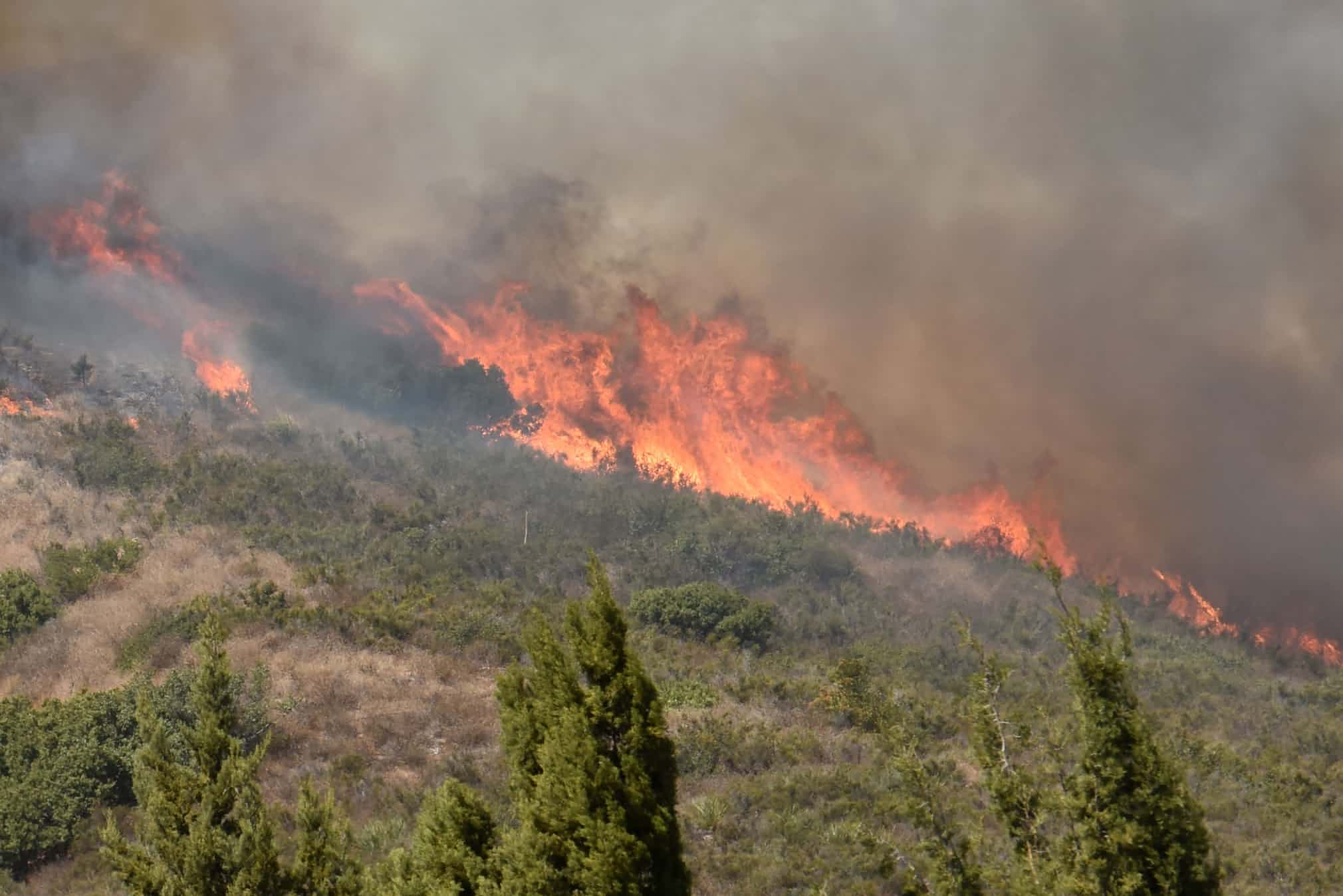During a 36-hour period on Oct. 8 and Oct. 9, 17 major wildfires began in much of Butte, Lake, Mendocino, Napa, Nevada, Orange, Sonoma, and Yuba counties in California, four of them being Northern California’s wine country. The fire leveled swaths of the City of Santa Rosa in Sonoma County, where 11 died. In total, the fire claimed 31 lives and over 3,500 structures. The Sonoma County Sheriff has received over 600 missing person reports, and only 463 have since been located. California Governor Jerry Brown declared a state of emergency in eight counties for one of the worst firestorms in California history. Mandatory evacuations north of San Francisco Bay include at least 20,000 people and 170,000 acres.
Containment efforts began swiftly, including a Global SuperTanker, the converted Boeing 747, which dropped over 19,000 gallons of fire retardant on the Northern California fires. Several thousand firefighters from across the state, 30 air tankers, 75 helicopters, and 550 fire engines have been sent to the area. Still, the emergency alert systems failed many, according to Napa County officers who reported “parents trapped in garages” during the fire. Fires have been difficult to contain with strong ‘Diablo Winds’ as fast as 70 mph spreading the fire. Cal Fire spokesperson Dan Berlant said the two largest fires, the Tubbs and Atlas Peak fires in Napa County, were uncontained as of Tuesday as they burn 27,000 and 25,000 acres, respectively. Firefighters will be able to contain the fires once the winds calm. Some of the smaller fires, including the 2,500-acre Sulphur fire in Lake County and the 2,000-acre 37 fire in Sonoma County, have been contained.
According to Vice President Mike Pence, President Trump approved a major disaster declaration, allowing the Federal Emergency Management Agency (FEMA) to mobilize resources to the area.
“Many of these fires, it’s going to take several more days, even potentially more weeks, before we have full containment,” Berlant said.
Investigators have not determined the cause of the fire yet, but California is typically prone to fires, given its dry climate and strong winds. With an unusually wet winter following its recently ended drought, vegetation is particularly thick and fire-prone. Fall is usually California’s peak fire season.
At the same time, a blaze scorched over 6,000 acres and destroyed at least 24 homes in Orange County, south of Los Angeles, and separate fires consumed much of Nevada County, East of the Sierra Nevada Mountains. Orange County has suffered several smaller blazes lately, and the near statewide distribution of the fires have dispersed statewide assistance to different parts of the state. As of Wednesday, all fatalities were in Northern California.

Be First to Comment